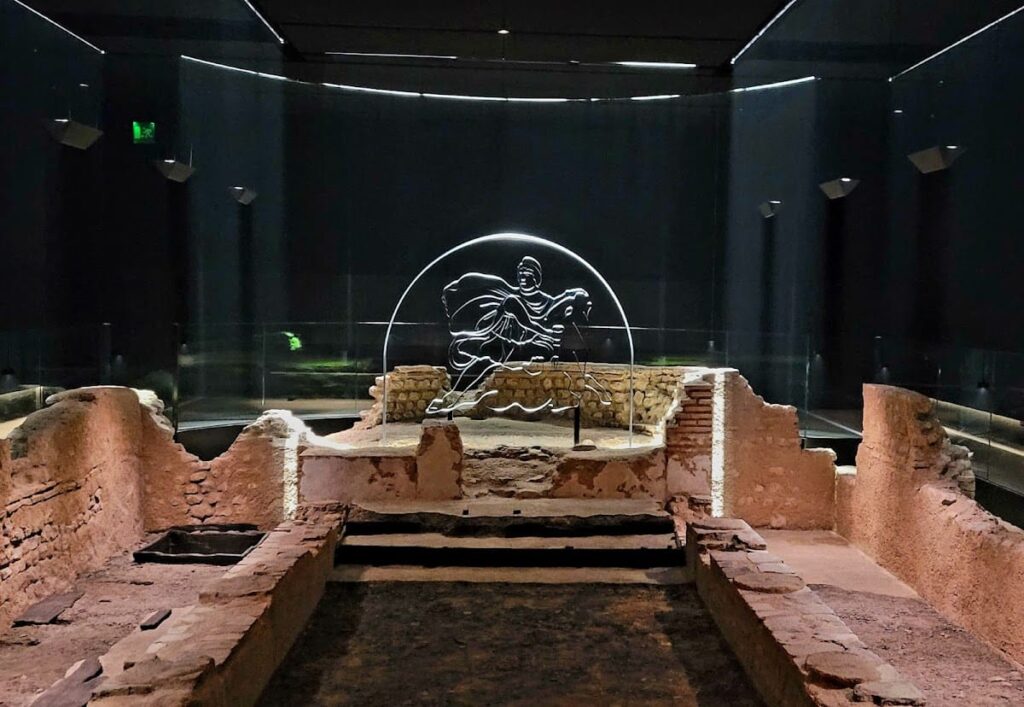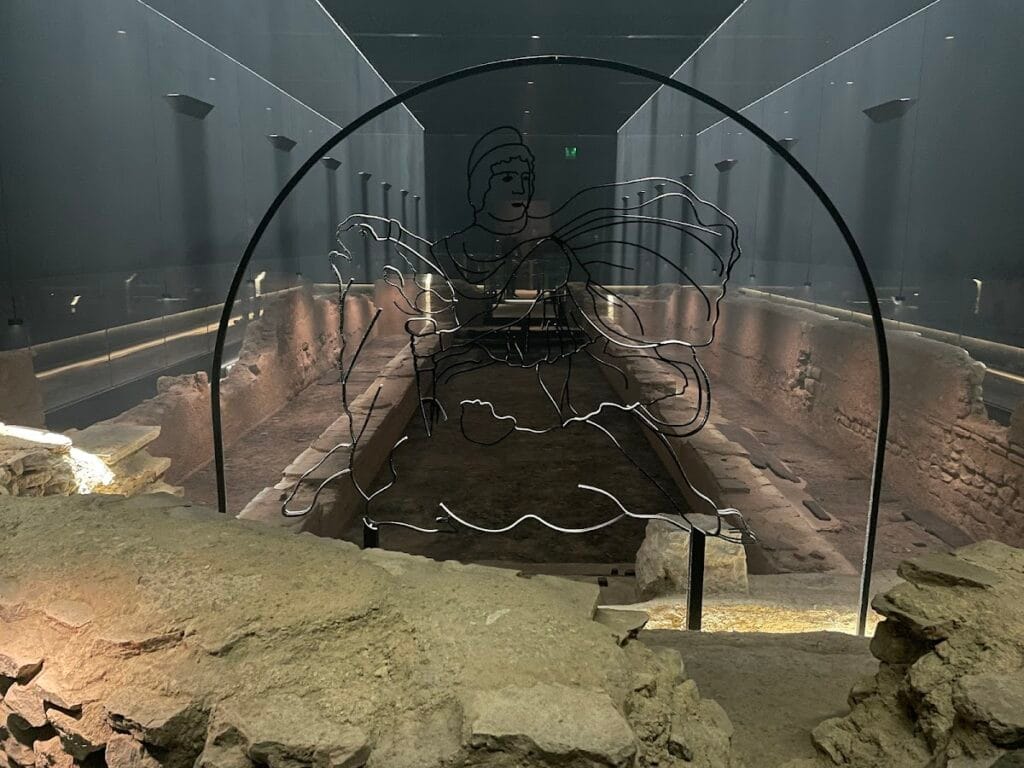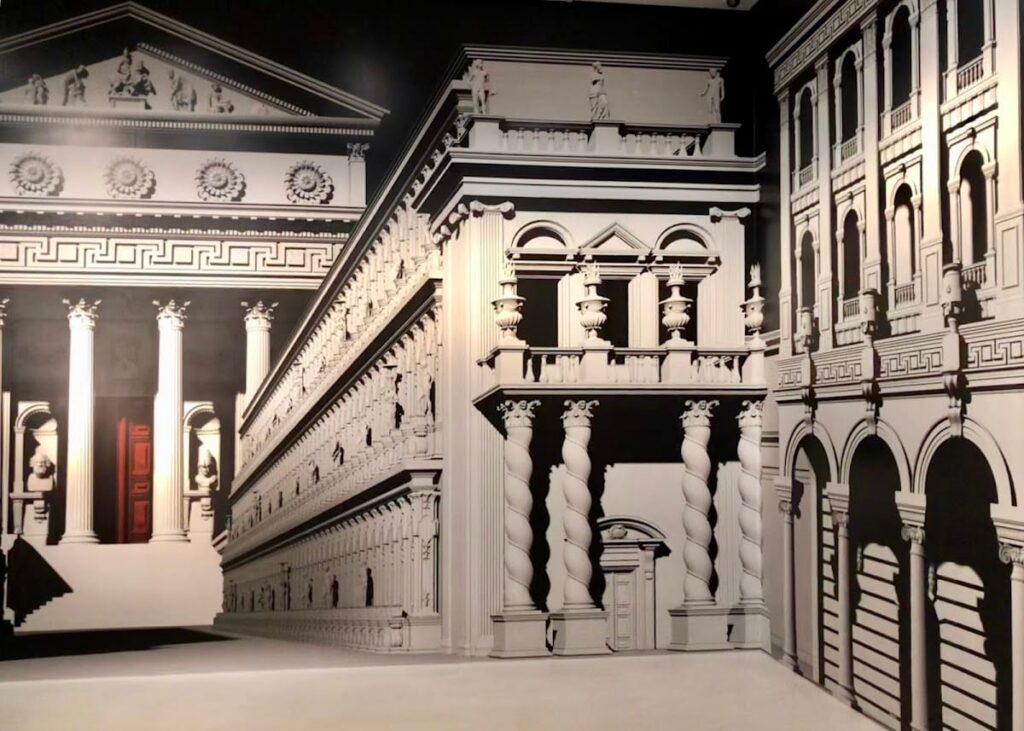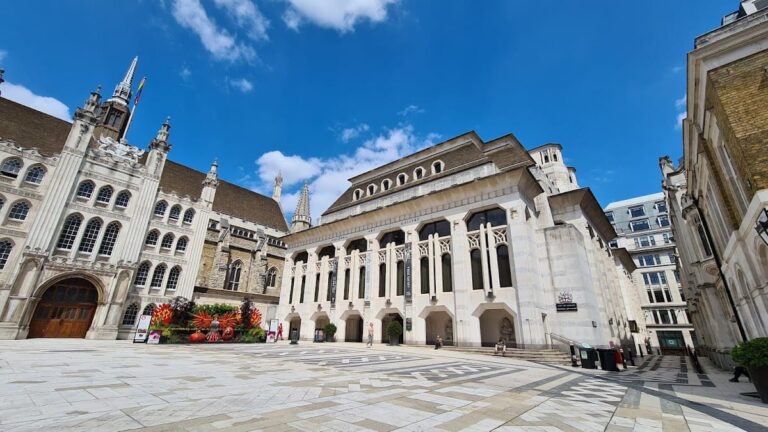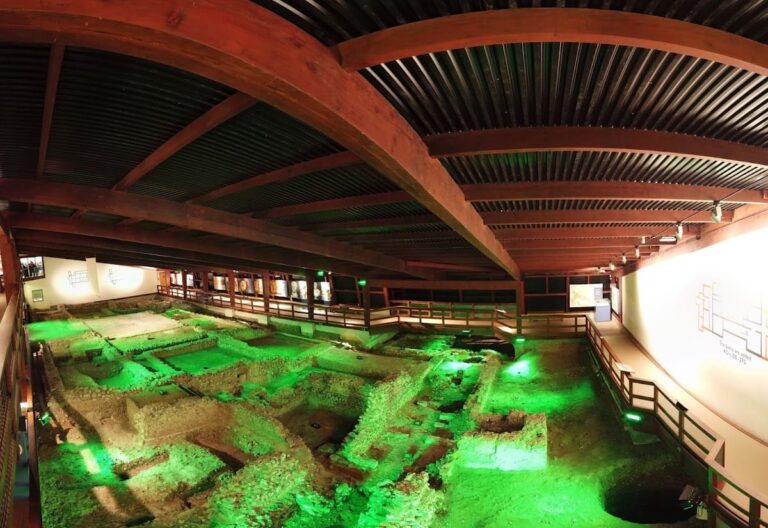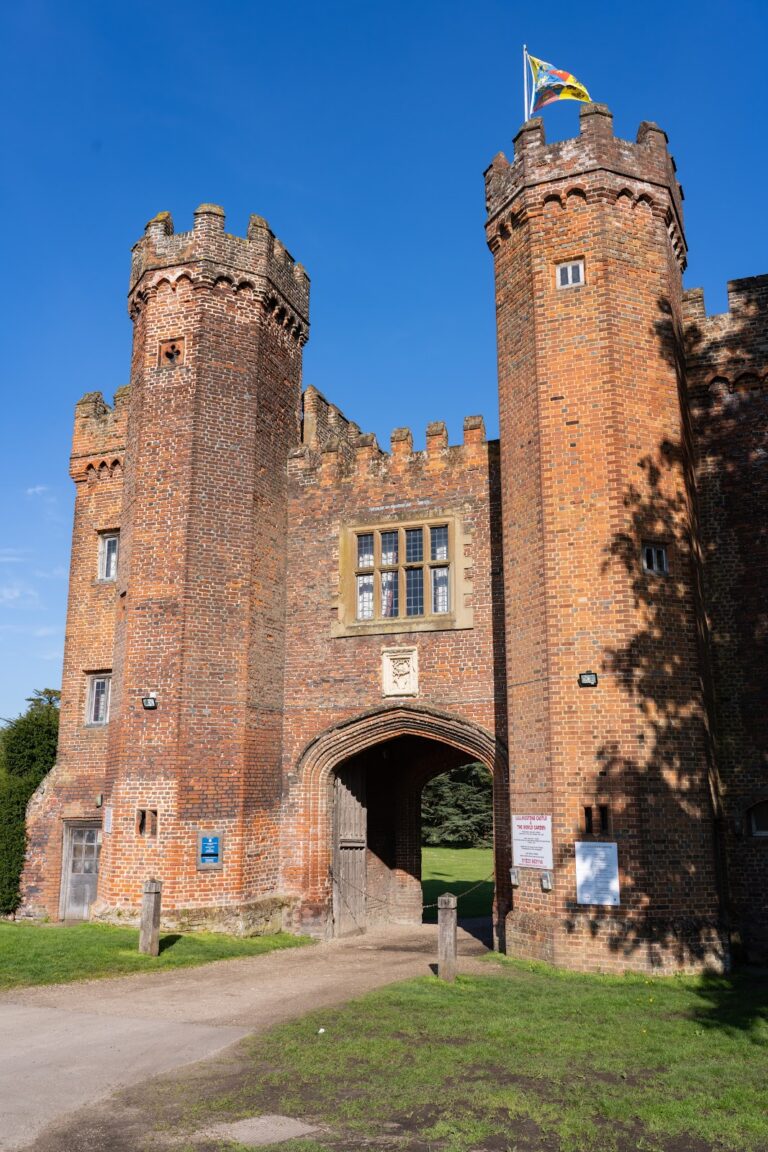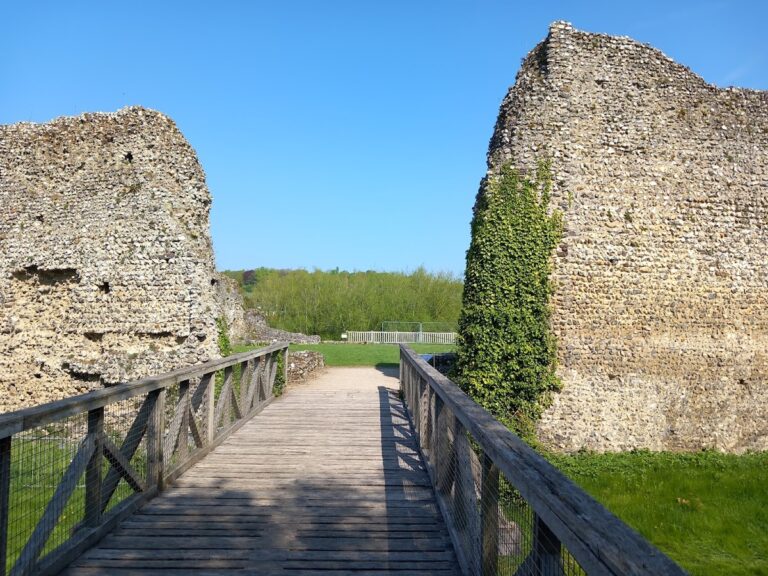London Mithraeum: A Roman Temple in Londinium
Visitor Information
Google Rating: 4.5
Popularity: Medium
Google Maps: View on Google Maps
Official Website: www.londonmithraeum.com
Country: United Kingdom
Civilization: Roman
Remains: Religious
History
The London Mithraeum was built by the Romans in the mid-3rd century AD on the east bank of the River Walbrook, a freshwater source in Roman Londinium. This temple was dedicated to Mithras, a god whose worship was popular among Roman soldiers. The temple’s partly underground design reflected the cave-like environment associated with Mithras rituals. It served as a religious center for military and civilian devotees in the growing Roman city.
In the early 4th century, the temple underwent a rededication, probably to Bacchus, the god of wine and festivity. This change coincided with a period of religious transformation within the Roman Empire. An inscription dated between AD 307 and 310 honors Mithras and the Invincible Sun, invoking the salvation of the four emperors and the noble Caesar.
Earlier finds from 1889, including a marble relief showing Mithras slaying the astral bull (known as the Tauroctony), bear an inscription by Ulpius Silvanus, a veteran of the Second Augustan Legion. This suggests a strong military connection to the temple and its worshippers.
The site was first excavated in 1954 during construction work on Walbrook street by archaeologists W. F. Grimes and Audrey Williams. Later, between 2010 and 2013, extensive excavations by the Museum of London Archaeology uncovered over 14,000 items, including wooden writing tablets with the earliest known financial document from London, dated AD 57.
After its discovery, the temple was dismantled and moved in 1962 to Temple Court on Queen Victoria Street to allow for new building work. This reconstruction faced criticism for inaccuracies and the use of modern materials. In 2017, the Mithraeum was returned near its original site, about seven meters below the current street level, beneath the Bloomberg London building, where it forms part of a dedicated exhibition space.
Remains
The London Mithraeum was originally a partly subterranean temple, designed to evoke the cave where Mithras was believed to have slain the cosmic bull. It stood close to the River Walbrook, which is now covered. The temple’s foundations lie near important London landmarks such as the London Stone, the Bank of England, and London Wall.
The surviving ruins mainly reflect the temple’s first construction phase around AD 240. Most of the stones and bricks are original Roman materials, while modern wood, render, and lime mortar were used in reconstruction, based on samples from other Roman buildings in London. The temple’s layout and construction emphasize its cave-like atmosphere, important for Mithraic worship.
Among the artefacts found are finely carved white marble heads of deities including Mithras, who is shown wearing a Phrygian cap, Minerva, Mercury, and Serapis. The head of Serapis is identifiable by the grain-basket, or modius, on his head. Locally made clay figurines of Venus were also discovered. These items were deliberately buried during the temple’s rededication.
A notable marble relief, measuring just over half a meter tall, depicts the Tauroctony scene where Mithras kills the astral bull. This relief includes the celestial twins Cautes and Cautopates, zodiac symbols, the sun god Sol–Helios riding a two-horse chariot (biga), the moon goddess Luna in her chariot, and wind gods Boreas and Zephyros. The relief bears a Latin inscription by Ulpius Silvanus, linking it to the military.
Excavations from 2010 to 2013 revealed a large collection of tools and organic materials preserved by the waterlogged soil, including leather shoes and over 400 wooden writing tablets with inscribed messages. These tablets provide rare insight into daily life and administration in Roman London.
Today, the temple ruins are displayed slightly west of their original position to protect fragile wall sections not uncovered in the 1950s. The remains are fragmentary but include original Roman masonry, carefully conserved and presented within a modern exhibition space beneath the Bloomberg building.
